Dénia, October 1895. A new building stood in the extension of the Campos street before the gaze of the most curious. A place that would be of great relevance for the city, and through which thousands of children and adults would pass by to fantasize, have fun and discover new worlds. The Circo Theater of Dénia was born.
The Circo Theater hosted all kinds of shows, but without a doubt one of them stood out among the rest, since it marked a milestone in the history of the town: the cinema, the first in the city. The seventh art had arrived in Dénia and would live its years of splendor there.
The history of this cinema would not be known if it were not for the work of Toni Reig and Miquel Crespo, authors of the book Dénia, ciutat film. The researchers explain to Dénia.com that it was a work of years and that they started from Miquel's collection of film prospectuses, which has about 10.000 film brochures from the last century. They both enjoyed the Teatro Circo, although Miquel more than Toni, due to the age difference.
Design and transformation
His original name was not that. "Equestrian Circus", that is how the carpenter in charge of its construction and owner of the place Esteve Pérez Contrí baptized it, who created it with the idea of presenting a fixed performance of horses, in addition to a circus show. In fact, it was on Colón Street where the stables were located. But how did a carpenter build it? The answer is that the structure was made of wood; a round-shaped skeleton under a large roof reminiscent of traditional circus tents.
However, the potential of the theater could not stop there, the building was destined for something bigger. It was in 1925 when an ambitious project began under the name Gran Teatro Circo, which would open a new possibility of entertainment, the cinema. This device, invented in 1895 by the Lumière brothers, would not become internationally popular until the 20s.
The renovation of the place meant the creation of a new space, which was far from the dream idea that the architect Alfonso Garín (in charge of the project) had, so it was only called Teatro Circo. Half of the wooden structure, the semicircle columns and the round shape were maintained.
It was between 1943 and 1944 when it underwent a more obvious transformation that would involve the creation of a large stage with two rows of side boxes and a stall with 700 seats, as well as stands at the back. This capacity was expanded and in 1952 the Teatro Circo had 12 boxes, 536 seats, 106 preferred seats and 300 general seats. Given the prosperity of the business, in 1957 the boxes were removed to increase the number of seats.
«It had two steps at the entrance, you went down and there was the entire billboard for the week. And there were two doors, one for the stalls and the other for the general and front," describes Miquel Crespo, who adds, "there was a fence of wooden sticks that divided the sections, as if you were in prison: you could talk to those in seats, but the sticks wouldn't let you pass.
Miquel also remembers that there were three seats reserved: one for the mayor (who was a doctor), the woman (who was a dentist) and Rosalía, the nurse. "Many times they didn't go to the movies, but no one dared to sit there."
Both experts remember one of the main elements of the place: the imposing curtain of the large stage.
welcome to the show
There was not a show worth its salt that did not pass through the Teatro Circo. The circus, evidently, was the star show of the first years, with the horse tamer act gaining greater fame.
However, theater soon became the central focus. On the one hand, professionals participated, such as the actress Tina Gasco who gave a play in 1960. And there were also no shortage of amateurs: such was the passion of the Dianenses for acting that up to forty people formed the Ronda de la Marina in 1962 and represented the construction site The Baluba bomb.
Even that was where political rallies took place before the Civil War, where presentations of Fallas…it was a place prepared by and for the citizens who required it.
Concerts, plays, variety shows, hypnosis... everything had a place in the Teatro Circo, which also had the presence of some stars of the 1949th century. For example, in XNUMX Antonio Machín performed with Color Melodies, the star Mary Francia as the headliner of Searching a star in 1961 or the Dynamic Duo gave a concert in 1963.
Cinema comes to Dénia
But the star event was the arrival of the big screen, predecessor of many others that later appeared in Dénia, such as the Palacio Sol or the Salón Moderno. All the great successes of the seventh art came to Dénia.
In 1896, the first Dénia film program at the Teatro Circo was created under the title "Cinematograph Lumiére". In it appeared a series of silent film shorts such as Carnival in Paris o Cavalry Maneuvers. At that time you could enjoy twelve screenings for the price of 0,15 cents.
The new phenomenon of sound cinema arrived in Dénia in 1931 with the film The bad man. This new type of film brought with it the first comedy stars. Thus the Teatro Circo announced the film in 1935 Fra Diavolo with actors Stan Lauren and Oliver Hardy, better known as "the fat one and the skinny one." The great productions of Hollywood's golden age also arrived, such as Ben-Hur, which premiered in 1933.
During the years of the Civil War, the cinema broke attendance records, as people needed to escape from reality. Many of the films were promoted by unions, which sought to get their ideas to the population, such as Storm over Mexico, screened on December 26, 1936. In addition, the Teatro Circo, like other cinemas, screened war reports to keep Dianenses informed of the conflict.
The Circo Theater during the Franco regime
After the war, censorship was present: "Italian and German films were the only ones that entered newly released, American films took four or five years to reach Spain," explains Miquel.
The film categories were "for minors, for adults, for adults with qualms and seriously dangerous."
«When it premiered Gilda (a film that was rumored to be a popular film), I went to a religious school, and brother Carlos - may his glory be - forbade us to walk past the cinema and look at the photographs," Miquel says, laughing.
Furthermore, Toni highlights that there were differences between provinces when it came to releasing films in the 53th century: "a film that arrived in Madrid in 'XNUMX could take several years to be released in Dénia."
However, world-famous films such as Casablanca (who arrived in Dénia in 1947) or gone With the Wind (1953). There were countless titles that passed through the town until the cinema closed its doors.
Decline
The Circo Theater passed through many hands over the years, among them, those of the well-known Alfonso Guixot Guixot (owner of other cinemas). He left the building to his nephew Vicente Espadas Palomares, the last owner.
The years of splendor finally came to an end. In the 60s, the cinema's facilities were in decline, with humidity and damage. Finally, Espadas decided to sell part of it and later founded the Condado Cinemas.
The last performance took place on May 22, 1966 and on the 29th the legendary Teatro Circo, which had so much enjoyed the Dianense spectators, said goodbye forever.

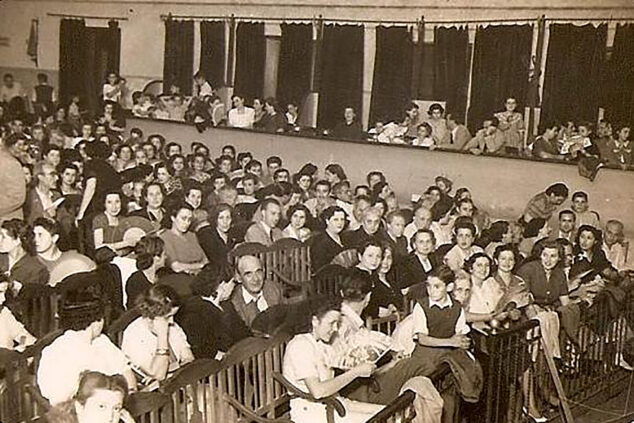
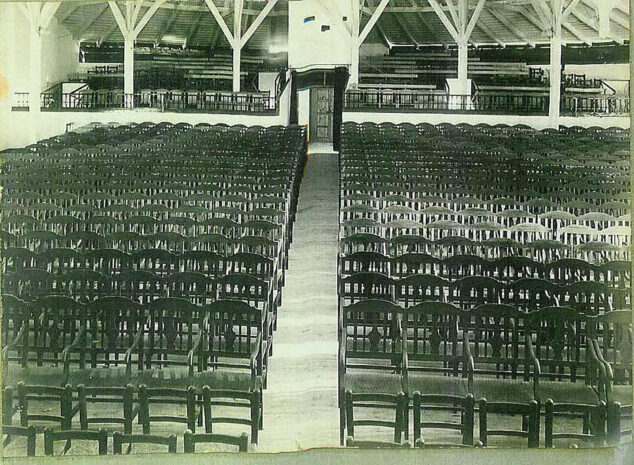
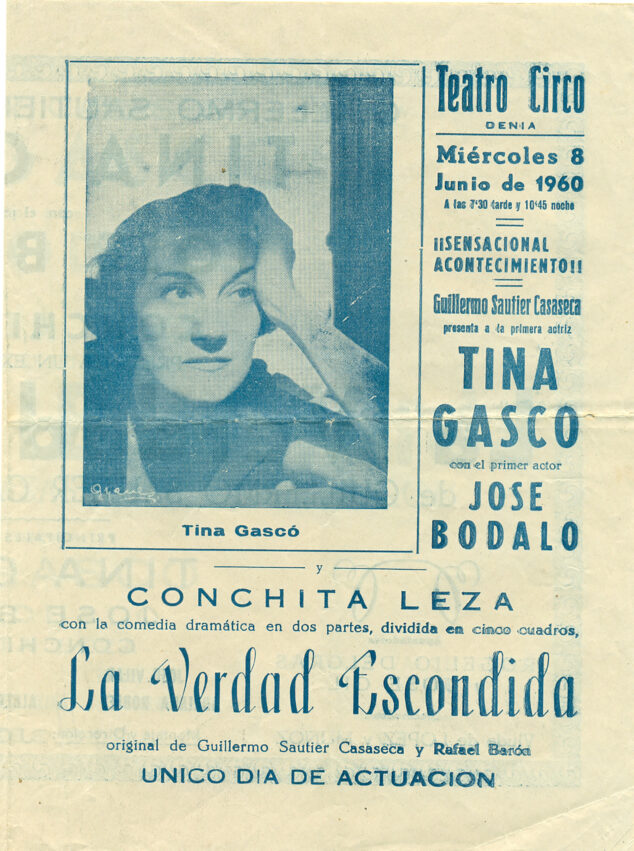
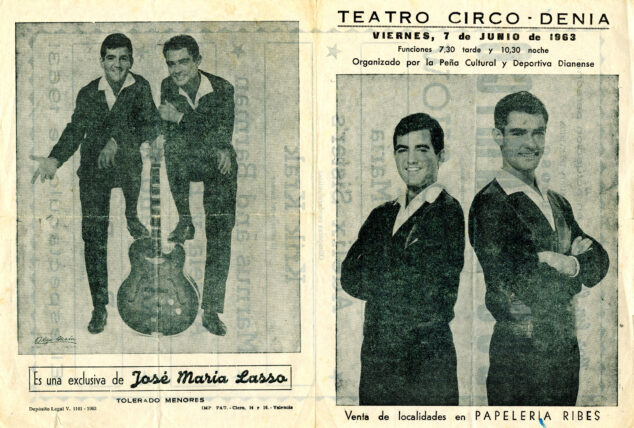
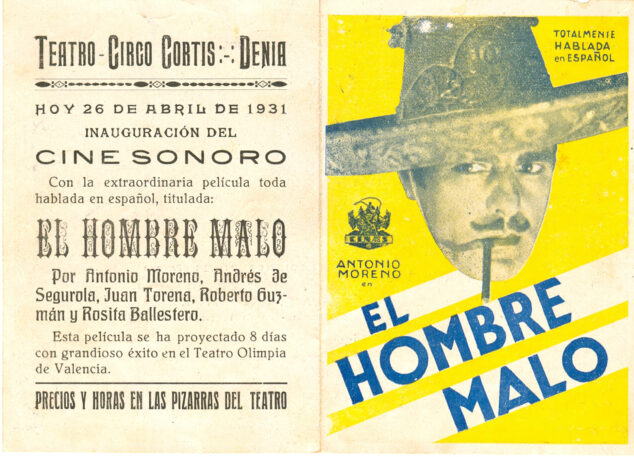
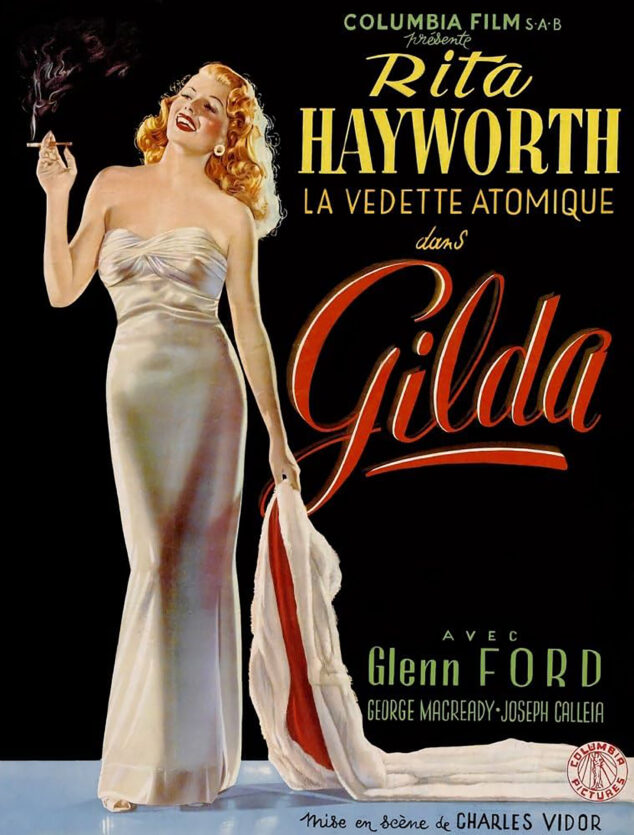
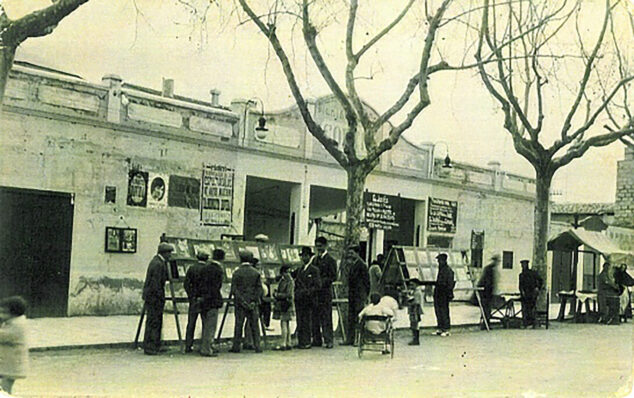



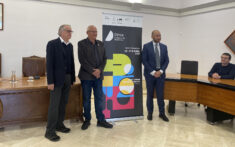


Denia needs a Cinema and a Theater -Auditorium.
You also need the Gandía Train.
A decent bus station wouldn't hurt at all.
But above all, what Denia needs is a better policy.
You've squared it nicely. I am 60 years old and Denia has changed a lot, as is normal, but the fact that there is not even a cinema auditorium is outrageous. About the station? The buses are a shame, the train thing is a historical chimera. We have plenty of restaurants and there should be a construction moratorium because this has gotten out of hand, thanks to some politicians eager to collect taxes like crazy.
The city should have an auditorium where it can offer theater, cinema, shows, conferences, etc. It is striking that so many years ago there were facilities like the one in the report and today we only have the small hall of the social center. I think the city should consider its need. There are many small towns around us that have very decent auditoriums. That in Denia we do not have one suitable for the importance of the city seems incredible.
Thank you for these interesting articles that make us discover the history of Denia. Yes, how much we miss our lifelong cinema in Marqués de Campo
Cinema is really missing in Denia and we should look at the example of Javea with its thriving cinema. Little to do here in bad weather.
Spanish and Valencian are spoken here, if you want people to understand you. When I go to Great Britain, it doesn't occur to me to write on a website in Spanish or Valencian, because what I want is for you to know my opinion. I'm sorry but Denia is not occupied Gibraltar.